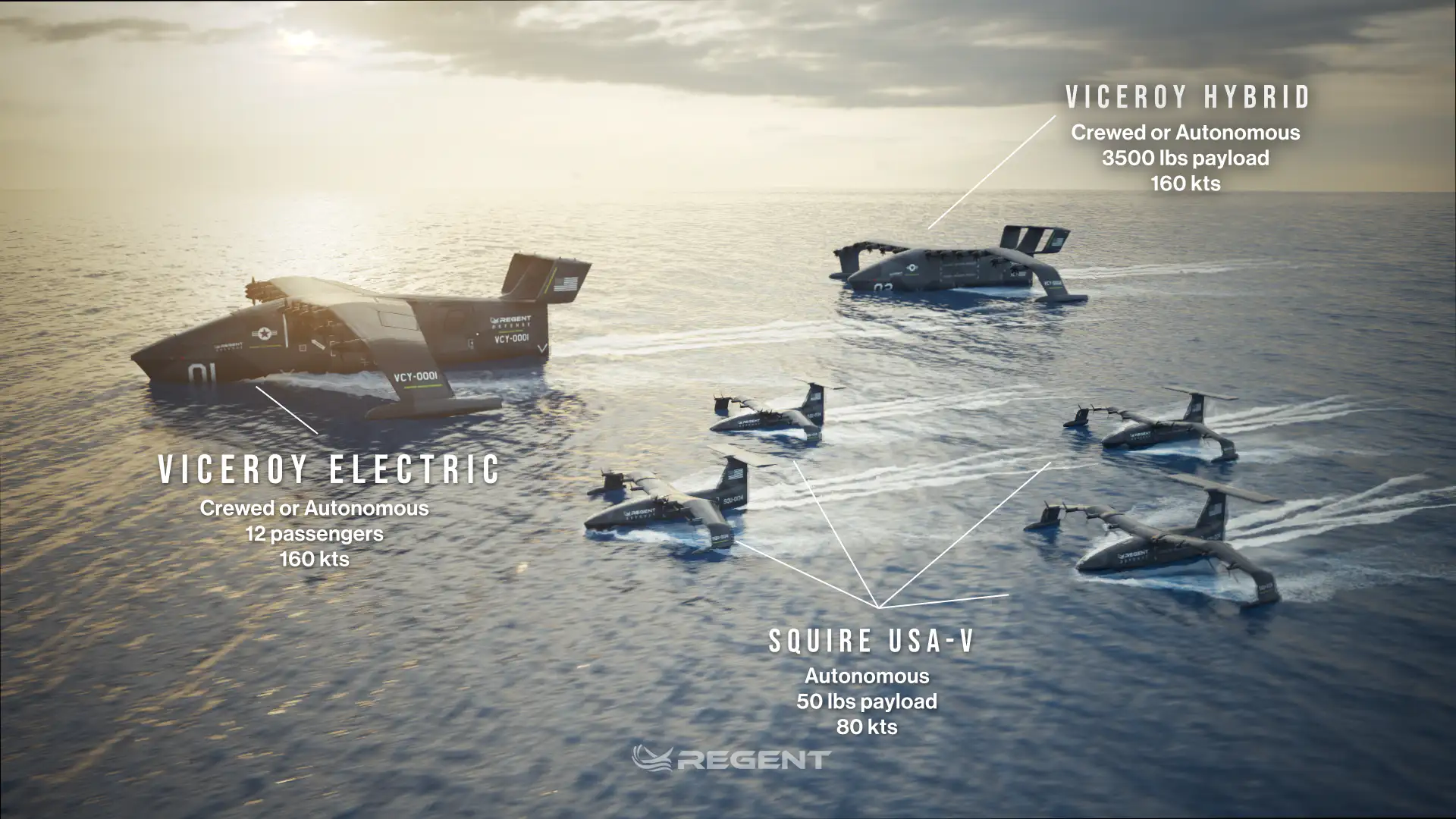Oil & gas industries prefer animation
- Author: Cara Lackey
-
September 23, 2025
-
1040 words
-
5 minutes
- Industries
Filming the impossible
Most oil and gas innovation happens underground. The problem? You can’t film what doesn’t exist or what you can’t reach.
Miles beneath the surface, inside sealed pressure vessels, across hazardous environments where camera crews can’t safely operate, or in equipment that costs millions to deploy just for a photo shoot. But you still need to sell it, fund it, or get regulatory approval for it.
That’s where 3D animation becomes less of a nice-to-have and more of a competitive requirement.
The Fesco pivot
March 2020. COVID forced Fesco to make a choice. They needed to launch their complete frac flowback and production testing product line. The original plan involved flights to Midland, drone footage of equipment in action, and on-site filming at their facilities.
Then the world shut down.
They chose animation. Not as a backup plan, but as the primary strategy.
The result wasn’t just a workaround, it became their most effective sales tool. An all-American family-owned business telling a wildly successful story without filming a single frame of live footage.
Why did it work? Animation let them show equipment operating in conditions that would be impossible or prohibitively expensive to capture on camera. No safety protocols. No weather delays. No waiting for equipment deployment. Just pure visual storytelling that made complex flowback technology understandable in under three minutes.
Their challenge also included something we hear constantly in oil and gas: make this equipment look compelling enough to secure multi-million dollar contracts. Turns out, when you’re not limited by what a camera can physically capture, you can create something better than real.
Marketing invisible infrastructure
SLB’s Intelligent Pipeline Integrity system monitors thousands of miles of buried infrastructure. What makes pipelines so hard to market? Real-time leak detection, corrosion analysis, and unauthorized access alerts; all happening invisibly, underground, across vast distances.
How do you film that?
You don’t. You animate it.
We created visuals that moved seamlessly from micro-level data analytics to macro views of global pipeline networks. Particle effects illustrated leak detection. Control room operators demonstrated the human expertise behind the technology. Every frame balanced technical accuracy with visual clarity.
The challenge wasn’t just showing what the system does, it was making invisible infrastructure feel tangible and immediate. Traditional video would’ve shown control rooms and maybe some exterior pipeline shots. Animation showed the actual value happening beneath the surface.
SLB now uses this animation across their sales process and on their website, turning what could’ve been a forgettable slideshow into a memorable demonstration of technological sophistication.
Trade show reality
Walk any energy sector trade show floor and you’ll spot them immediately: the booths with crowds. You have roughly 8 seconds to make someone pause mid-stride.
Not the ones with the biggest banners or the most giveaways. The ones with screens showing animation.
We’ve created trade show content for NOV, Phillips 66, and multiple Houston-based energy companies. The pattern holds: animation stops traffic that static displays can’t.
PowerPoint rotations don’t cut it. Product cutaways behind plexiglass get ignored. But animation showing equipment in action, processes unfolding, or technology solving real problems? That stops people.
Tally Energy Services used their frac site software animation to qualify leads faster and shorten sales cycles. Instead of explaining digital transformation through bullet points, they showed operators exactly how the system works in environments they recognize. The animation didn’t just attract attention, it pre-educated prospects before the first sales conversation.
Making industrial equipment interesting
Here’s the reality: most oil and gas equipment is not photogenic.
Pipes. Valves. Compressors. Cylinders. Necessary, expensive, technically sophisticated, but rarely inspiring to look at.
When Dryline Technologies approached us, their product was a metal cylinder that removes moisture from air. Their ask was memorable: make it look sexy, don’t reveal the patent-pending internals, incorporate NASA, and reference The Sound of Music.
We’re not making this up.
The resulting animation became one of our highest-performing energy sector projects. Why? Because we didn’t just show the product. We told a story about innovation that resonated emotionally while protecting their intellectual property.
No product is too “boring” for effective visual storytelling. The constraint isn’t the equipment itself. It’s whether you’re willing to think beyond literal representation.
Protecting competitive advantages
Oil and gas companies face a unique tension: you need to demonstrate what makes your technology superior without revealing competitive advantages. Protecting IP matters as much as proving value.
Liberty Energy’s remote power generation delivers electricity to locations where traditional utility connections take years to establish. Their animation needed to show capability without exposing proprietary design elements.
Animation solves this through abstraction and stylization. You can demonstrate what the technology does and why it matters without showing exactly how it’s engineered. This balance is nearly impossible with live footage, where cameras capture everything in frame – including details you’d prefer competitors not study.
The animation showcased their speed-to-market advantage, system integration capabilities, and reliability without turning the video into a technical blueprint. Strategic storytelling that informs without over-revealing.
Houston energy expertise
We’re based in Houston. We understand what works in this energy market because we’ve been creating content for the sector for years. Our founders cut their teeth in fast-paced advertising, pumping out technical product animations for major brands weekly.
That experience taught us something critical: technical accuracy and engaging storytelling aren’t opposites. Engineers need to trust what they’re seeing. Decision-makers need to stay interested. Investors need to understand the opportunity. Your animation should speak to all three.
When we create explainer videos or product demonstrations for energy companies, we work directly with engineering teams to verify details. We consult subject matter experts. We build credibility through precision, not exaggeration.
This matters in an industry where million-dollar purchasing decisions require absolute confidence. Flashy effects without substance get dismissed. Clear, accurate storytelling backed by solid visuals? That gets contracts signed.
Worth considering
If your technology operates underground, inside sealed equipment, across dangerous environments, or simply hasn’t been built yet then traditional video isn’t just difficult. It’s often impossible.
Animation shows what cameras cannot reach. It simplifies what PowerPoint slides struggle to explain. It creates trade show moments that static displays never achieve.
Whether you’re launching new equipment, securing investor funding, or shortening your sales cycle, the question isn’t whether animation works in oil and gas. The question is whether your competition is already using it while you’re still booking flights to Midland.
Schedule a consultation and let’s discuss what’s possible when you’re not limited by what cameras can capture.

